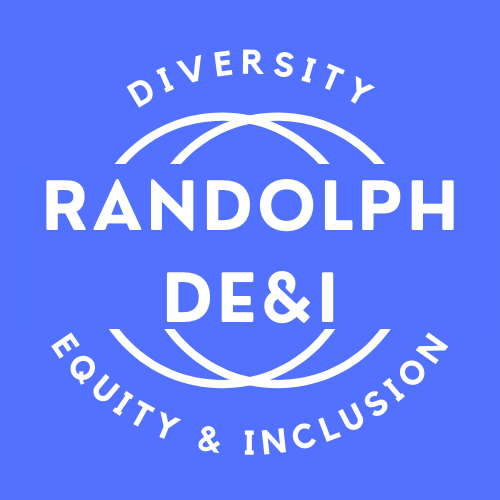What Is Diversity, Equity, and Inclusion
Diversity, Equity, and Inclusion (DEI) is today’s buzzword phrase. These words, when strung together, have a strong meaning: they inform society of meaningful acts, beliefs, policies, and practices. For some people DEI creates feelings of protection and security, while others feel defensive, unsure, ashamed and scared.
What is it about the sequence of these words that can evoke such emotions? What is it about them that can shift the focus of society and cause many to rethink their identity and belonging?
Diversity is about understanding, accepting and valuing those who are different.
Equity is about creating fair access, opportunity, and advancement for all.
Inclusion is about embracing and including all regardless of ones difference.
Working towards the goal of DEI means a societal change – a shift within our society that can provide opportunities. However, it is also a change that can take away opportunities, and this is what many are afraid of, consciously or unconsciously. Change is not easy for many of us especially if you are benefiting from the current situation.
It is important to understand that change is a journey, a practice of understanding social norms and working towards changing those social norms that are not beneficial to ALL. Doing so is not easy, and the need might not be recognized until it is brought to someone’s attention. At times, this is ok, because we only know what we know. However, once someone has been educated, it is important for them to understand their role in either supporting DEI or working against it.
Many believe working towards DEI is a once-in a-while activity, but instead, it is an ongoing task, consisting of actions, behaviors, and practices that apply to everything we do. It is not about eating at an “ethnic” restaurant or even adding folks of color to your agenda. It is about the willingness to change your comfortable situation to make room for those who are not usually seen or heard. For instance, if we are not used to a person’s behavior or mannerisms, we might view this as a weakness, because we have not allowed ourselves to be inclusive. We may even convince ourselves that the behavior, language, or mannerism does not work for us, thereby limiting our opportunities to explore diversity.
We must continue to work on challenging ourselves and not allowing the blind spots to go unrecognized. It’s easy to say you want to be inclusive, but if you are not making changes that cause disruption to the social norm, and if you are not making the difficult decisions that are uncomfortable, then you are doing surface work, and surface work is a temporary solution. Change is a process, and if we are truly interested in embracing DEI, navigating these changes must be our first priority.
Katrina Huff-Larmond




